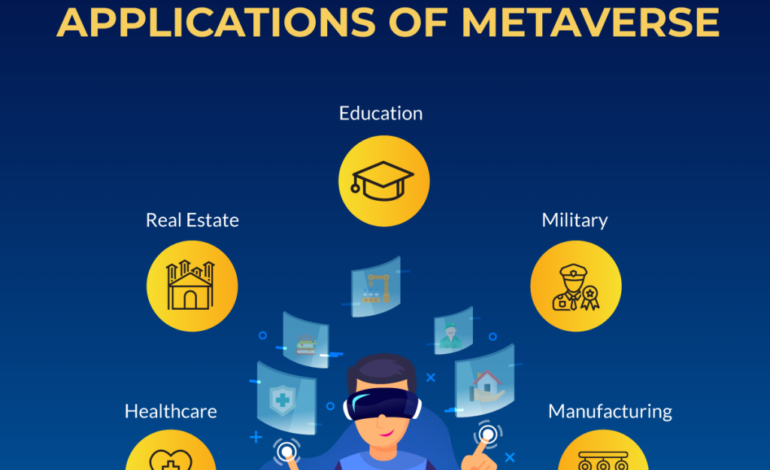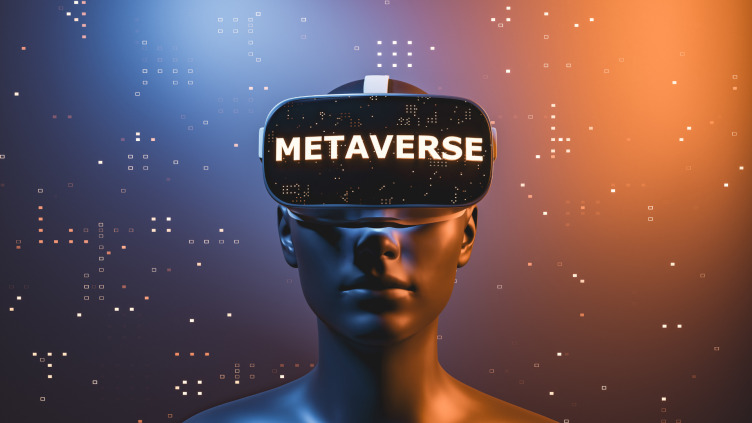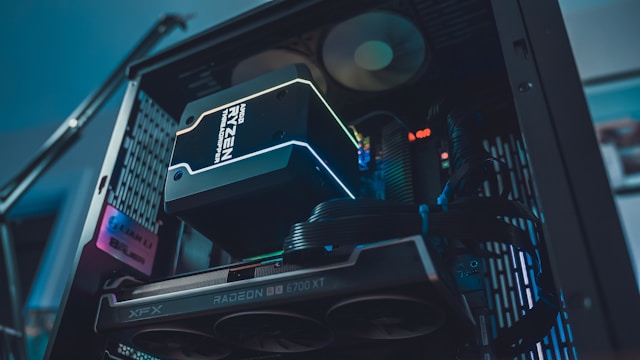Beyond the Hype: What’s Real in the Metaverse?

The Metaverse: Beyond the Hype – A Deep Dive into Reality
The term “metaverse” has been everywhere lately. From tech giants pouring billions of dollars into its development to social media influencers showcasing their virtual avatars, it feels like a tidal wave of hype. But what *is* the metaverse really? And more importantly, is it just another passing fad or does it represent a genuine shift in how we interact with technology and each other?
This post aims to cut through the noise and provide a comprehensive look at the current state of the metaverse, separating the marketing buzz from the tangible technological advancements. We’ll explore what exists *today*, what’s being actively developed, and discuss some potential real-world applications that extend far beyond just playing games.
What Exactly *Is* the Metaverse? Defining the Elusive Concept
The definition of “metaverse” remains a bit fluid, which contributes to much of the confusion. At its core, the metaverse envisions a persistent, shared digital space—a network of 3D virtual worlds accessible through various devices. It’s often described as an evolution of the internet, moving from primarily 2D screens to immersive, embodied experiences.
Key Characteristics of a True Metaverse:
- Persistence: The world continues to exist and evolve even when you’re not actively participating.
- Interoperability: Assets (avatars, digital items) can be used across different platforms and experiences within the metaverse. This is a *major* hurdle currently.
- Decentralization (Ideally): While many current metaverses are centralized under corporate control, a truly open metaverse would leverage blockchain technology and distributed ownership to empower users.
- Social Interaction: The ability to interact with others in real-time, collaborate, and build communities is central.
- Economic Opportunities: A functioning economy where users can create, own, sell, and trade digital assets is crucial.
It’s important to note that we are *not* there yet. Current “metaverse” offerings often fall short of this ideal, being more like isolated virtual worlds rather than a truly interconnected metaverse.

The Landscape Today: Current Metaverse Platforms and Technologies
So, what exists right now? Let’s break down some key players and the technologies driving them:
- Decentraland: A decentralized virtual world built on Ethereum. Users can buy land (NFTs), develop experiences, and participate in a user-governed economy.
- The Sandbox: Another popular blockchain-based metaverse platform allowing users to create, own, and monetize their gaming experiences using NFTs.
- Roblox: A widely accessible platform where users can create and play games, build virtual worlds, and socialize with others. While not strictly a “blockchain” metaverse, it provides significant user-generated content creation opportunities. It’s arguably the closest thing to a mass-market metaverse currently.
- Horizon Worlds (Meta): Meta’s foray into the metaverse, integrated with Facebook and Instagram accounts. Focuses on social interaction and event experiences but faces challenges in attracting users and achieving interoperability.
- Microsoft Mesh: Focused primarily on enterprise applications like collaborative meetings and training simulations using mixed reality headsets.
Underlying Technologies Powering These Platforms:
- Virtual Reality (VR): Headsets like the Meta Quest, HTC Vive, and Valve Index provide immersive experiences but still face limitations in terms of cost, accessibility, and comfort.
- Augmented Reality (AR): Overlays digital content onto the real world using smartphones or AR glasses. Apple’s rumored AR/VR headset is a key development to watch.
- Blockchain & NFTs: Enable ownership of digital assets, create decentralized economies, and facilitate interoperability (in theory).
- 3D Modeling and Game Engines: Tools like Unity and Unreal Engine are essential for creating the virtual environments themselves.
- Artificial Intelligence (AI): Used to enhance user experiences, generate content, and power intelligent avatars.
Beyond Gaming: Real-World Applications of the Metaverse
While gaming has been a primary driver of early metaverse adoption, its potential extends far beyond entertainment.
- Education & Training: Immersive simulations can provide realistic training environments for medical professionals, engineers, and other specialized fields. Imagine practicing surgery in a virtual operating room without risk to patients!
- Retail & E-commerce: Virtual showrooms allow customers to interact with products in 3D before making a purchase. Brands are already experimenting with virtual stores and events.
- Manufacturing & Design: Engineers can collaborate on designs, visualize prototypes, and simulate manufacturing processes in the metaverse.
- Real Estate: Virtual land is being bought and sold as NFTs, opening up new possibilities for investment and development. While speculative now, it could represent a future where virtual real estate plays a significant role.
- Healthcare: Teletherapy sessions can be conducted in immersive environments to improve patient engagement and outcomes.
- Collaboration & Meetings: Microsoft Mesh is a good example of this—virtual spaces for teams to meet and collaborate, potentially more engaging than traditional video conferencing.
Challenges and Concerns – Navigating the Road Ahead
The metaverse isn’t without its challenges. Several hurdles need to be overcome before it can reach its full potential:
- Interoperability: As mentioned earlier, a lack of interoperability between platforms remains a significant barrier.
- Accessibility & Cost: VR/AR hardware is still expensive and not accessible to everyone.
- Privacy Concerns: Data collection and tracking in the metaverse raise serious privacy concerns that need to be addressed.
- Security Risks: The potential for scams, theft, and harassment within virtual environments needs robust security measures.
- Regulation & Governance: Clear regulatory frameworks are needed to protect users and ensure fair practices.
- Digital Divide: Ensuring equitable access to the metaverse is crucial to avoid exacerbating existing inequalities.
The Future of the Metaverse – A Gradual Evolution
It’s unlikely that a fully realized, interconnected metaverse will appear overnight. Instead, we are likely to see a gradual evolution—a series of increasingly sophisticated and integrated virtual experiences.
What to expect in the near future:
- Increased adoption of VR/AR technologies as prices decrease and performance improves.
- More focus on practical applications beyond gaming, such as training and collaboration tools.
- Greater experimentation with blockchain technology and NFTs for digital ownership and economic empowerment.
- Development of standards to promote interoperability between different platforms.
The metaverse isn’t just about flashy avatars and virtual land; it’s about creating new ways to connect, learn, work, and express ourselves. While the hype may fade, the underlying technologies and concepts have the potential to transform our lives in profound ways – but careful consideration of the challenges is essential for a positive future.



